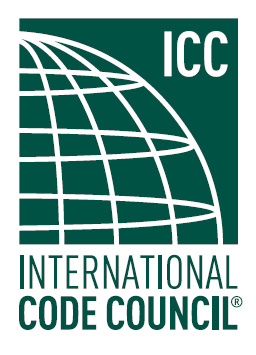IECC Energy Codes
 Since 1998, the International Energy Conservation Code® (IECC) has issued codes that address energy-efficient building envelopes and installation of energy efficient heating and cooling, lighting and power systems by emphasizing performance. The IECC codes focus on cost savings, reduced energy usage, conservation of natural resources, and environmental impact of energy usage.
Since 1998, the International Energy Conservation Code® (IECC) has issued codes that address energy-efficient building envelopes and installation of energy efficient heating and cooling, lighting and power systems by emphasizing performance. The IECC codes focus on cost savings, reduced energy usage, conservation of natural resources, and environmental impact of energy usage.
The IECC issues updated energy codes every three years. Energy efficiency gains for the first few codes were small, just a few percent for each revision. The biggest gains were made with the 2009 IECC—about 15{2e537dc160f52cffa61474df167a5f85f9d18261513837a380b0d37216fb9262} more efficient than the 2006 IECC. The main reason for this large increase in performance is the requirement for testing both building air infiltration (blower door test) and heating and cooling duct leakage.
The 2012 IECC delivers another 15{2e537dc160f52cffa61474df167a5f85f9d18261513837a380b0d37216fb9262} increase in energy efficiency by further reducing building air leakage and slightly improving insulation values. It also requires mechanical ventilation to bring in proper amounts of fresh air to control humidity and indoor air pollutants.
Adoption of the various IECC codes by states and local jurisdictions is completely voluntary. Currently, about half of states have adopted the 2009 IECC, and two have adopted the 2015 IECC. For more information about state code status, see the Building Codes Assistance Project http://energycodesocean.org/.
Pricing
The RESNET-approved software we use for HERS ratings also enables our Raters to determine and document IECC code compliance. Pricing is the same as a standard HERS rating; cost for individual homes is based on square footage. For production builders doing multiple builds of the same plan, or for multi-family applications, the price per unit drops significantly. Contact us for specific price quotes.

